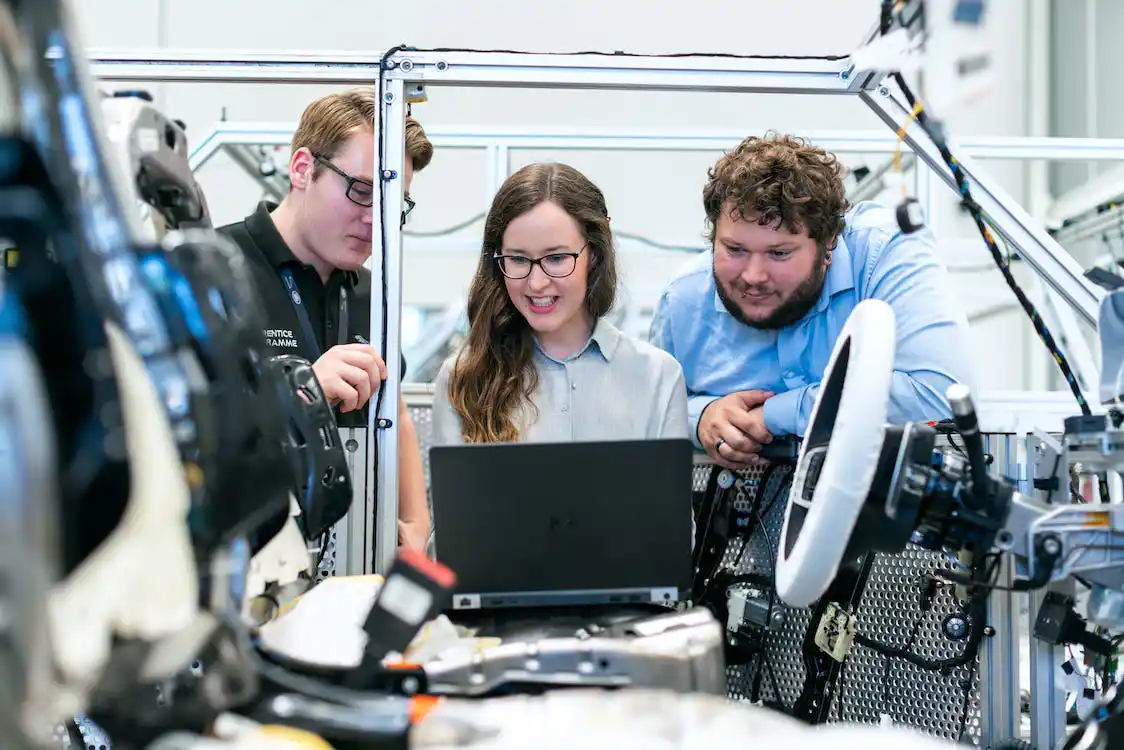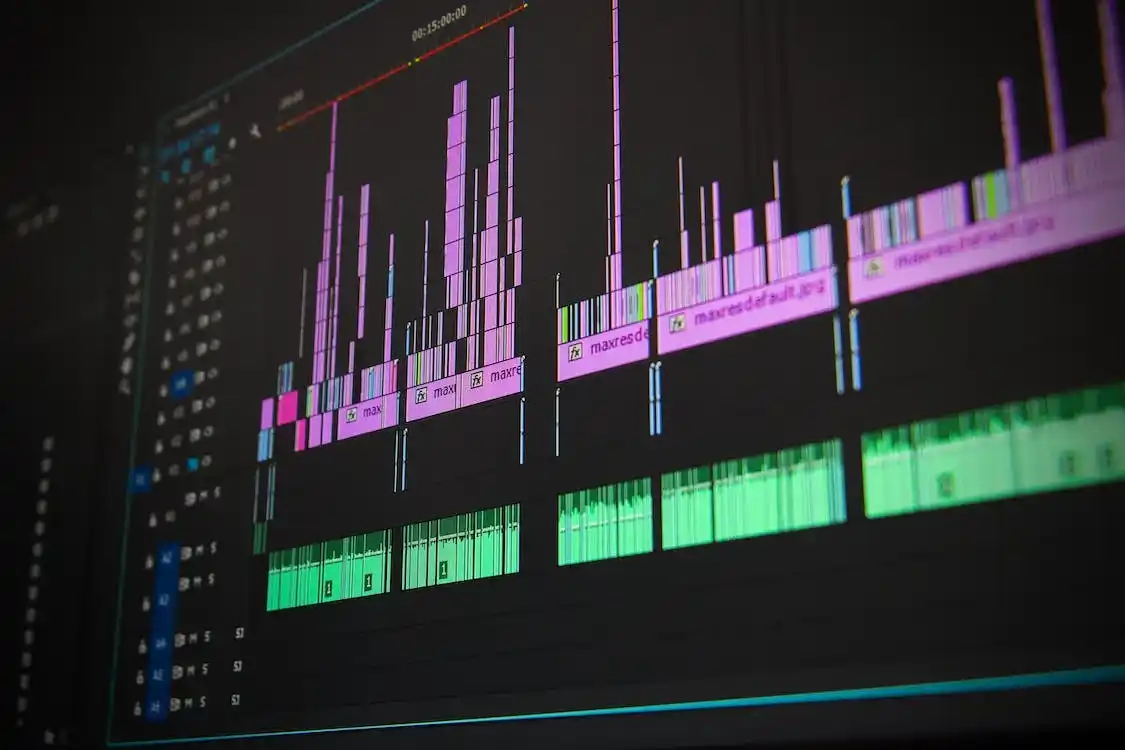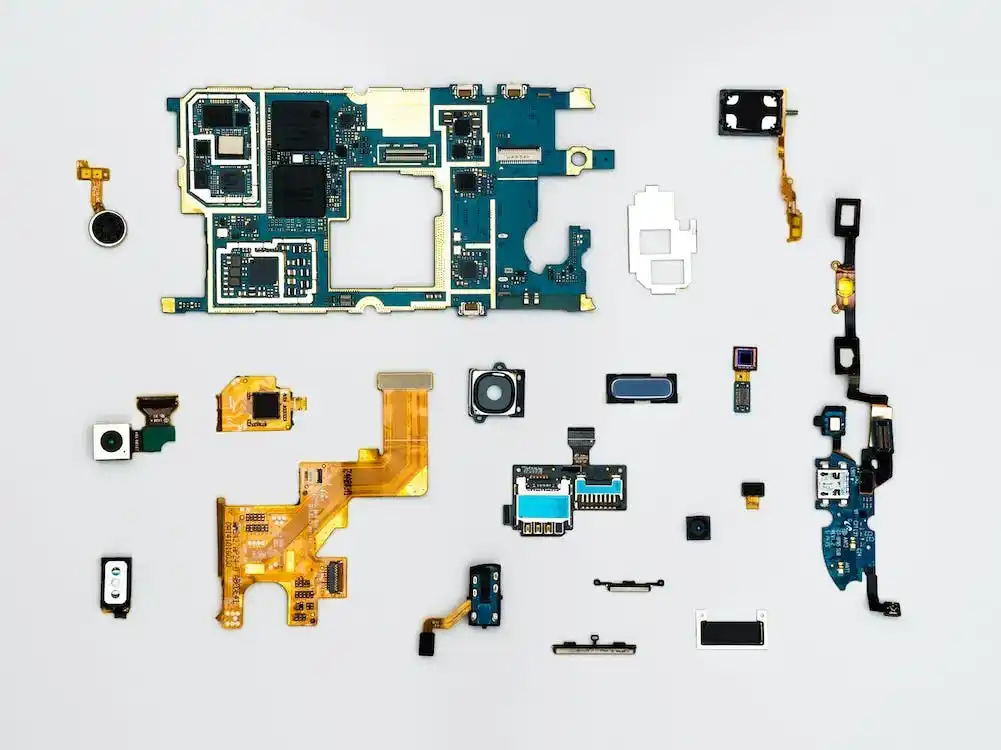The history of computer programming languages
The history of computer programming languages is a fascinating journey through the evolution of computing technology. It encompasses the development of various programming languages, each with its unique features, syntax, and purpose. From the first programmable machine to modern-day programming languages, the history of programming has been shaped by a range of factors, including hardware capabilities, programming paradigms, and the need for efficient and reliable software.
The Early Days of Programming Languages
The first programming language was developed in the mid-1800s by Ada Lovelace, an English mathematician. Her work on Charles Babbage’s Analytical Engine led to the creation of an algorithm that is considered to be the first computer program. However, it was not until the 1940s that electronic computers were invented, paving the way for the development of programming languages.
The earliest programming languages were machine language and assembly language, which were difficult to use and required a deep understanding of the computer’s hardware. In the mid-1950s, high-level programming languages were developed to simplify the programming process and make it more accessible to a wider audience. Languages such as FORTRAN and COBOL were designed for scientific and business applications, respectively.
The Rise of Object-Oriented Programming
In the 1960s and 1970s, a new paradigm emerged in programming language design: object-oriented programming (OOP). OOP is based on the concept of objects, which are entities that encapsulate data and methods. OOP languages such as Smalltalk, C++, and Java became popular for their ability to facilitate modular and reusable code.
Another significant development in programming languages during this period was the creation of scripting languages. These languages, such as Perl and Python, were designed to automate tasks and simplify the process of writing code. They were particularly useful for web development, where they could be used to generate dynamic content.
Modern-Day Programming Languages
The 21st century has seen the development of a wide range of programming languages, each with its unique features and strengths. Some popular languages include:
- JavaScript: A scripting language used for web development and client-side scripting
- Python: A high-level language known for its simplicity and readability
- Java: An object-oriented language used for enterprise applications and Android app development
- C#: A language designed for Windows development and game development
- Swift: A language developed by Apple for iOS and macOS app development
One of the latest trends in programming language design is the development of domain-specific languages (DSLs). These are languages that are designed to solve specific problems within a particular domain, such as data analysis or scientific computing.
Conclusion
The history of computer programming languages is a testament to the rapid pace of technological development. From the early days of machine language to the rise of object-oriented programming and modern-day scripting and DSL languages, programming has evolved to meet the needs of an increasingly complex technological landscape. As we look to the future, we can expect programming languages to continue to evolve and adapt to meet new challenges and opportunities.
The History of Computer Programming Languages
Best Articles
Read about Programming Languages














